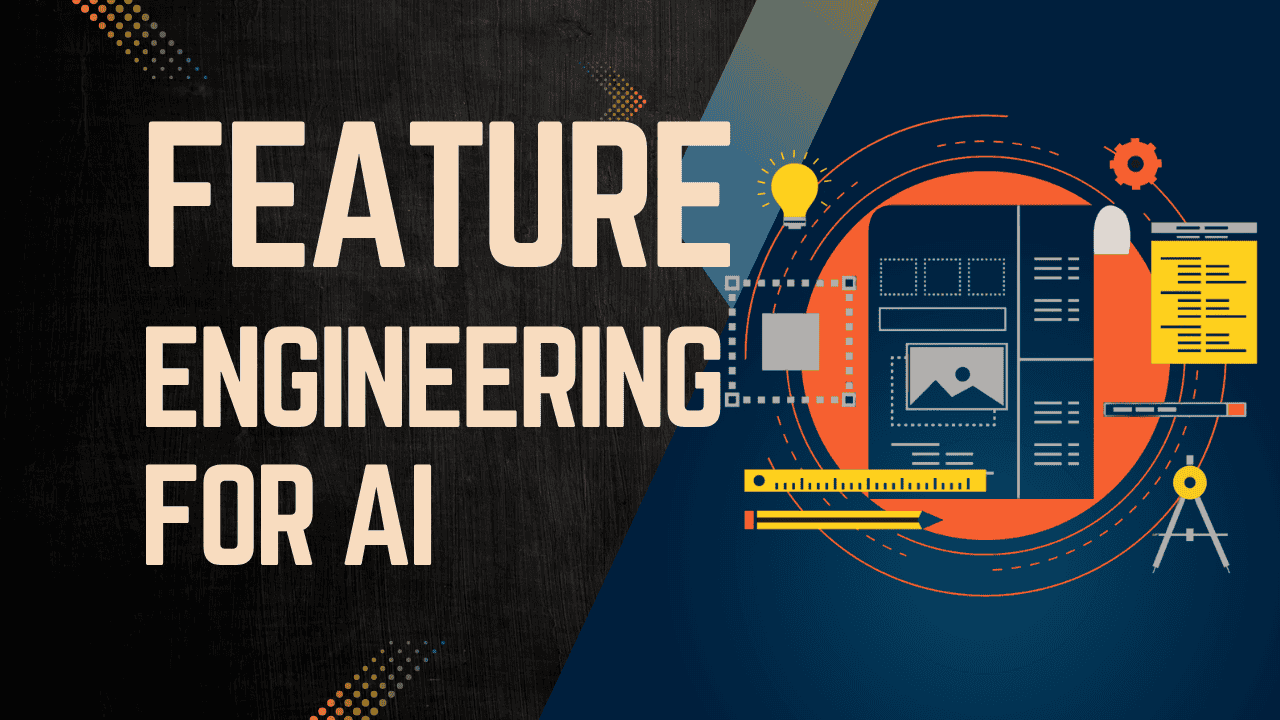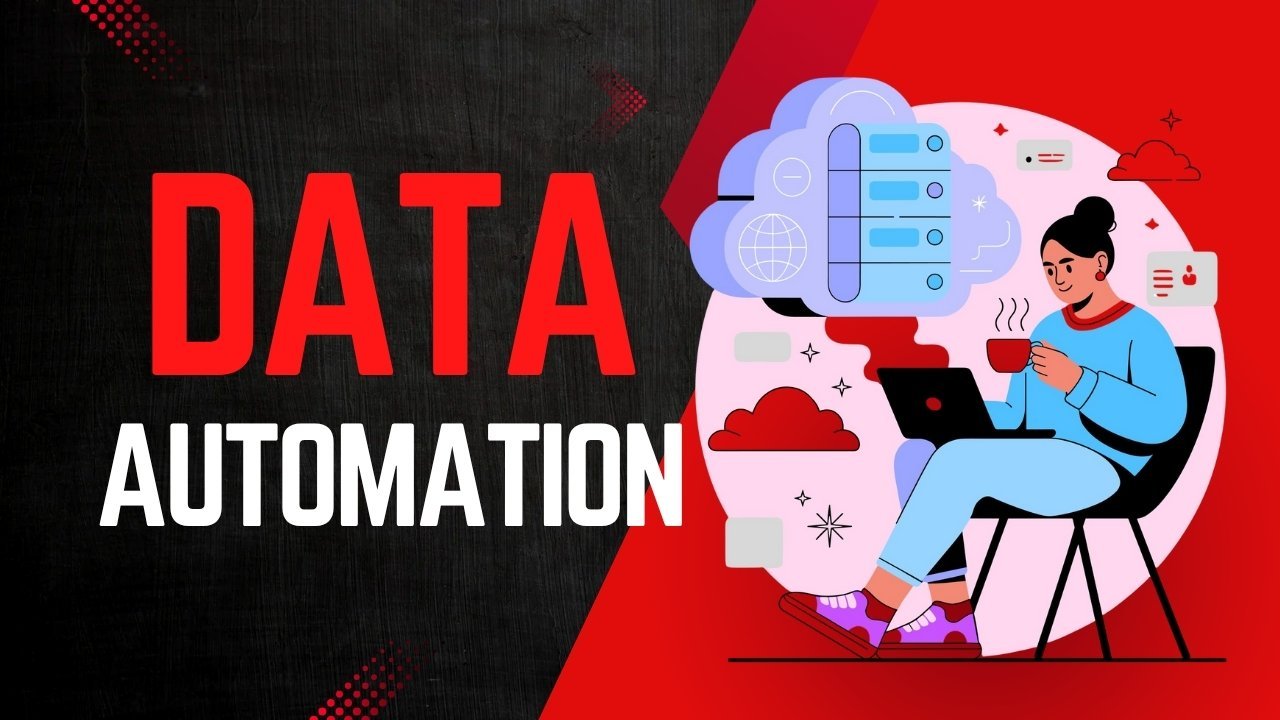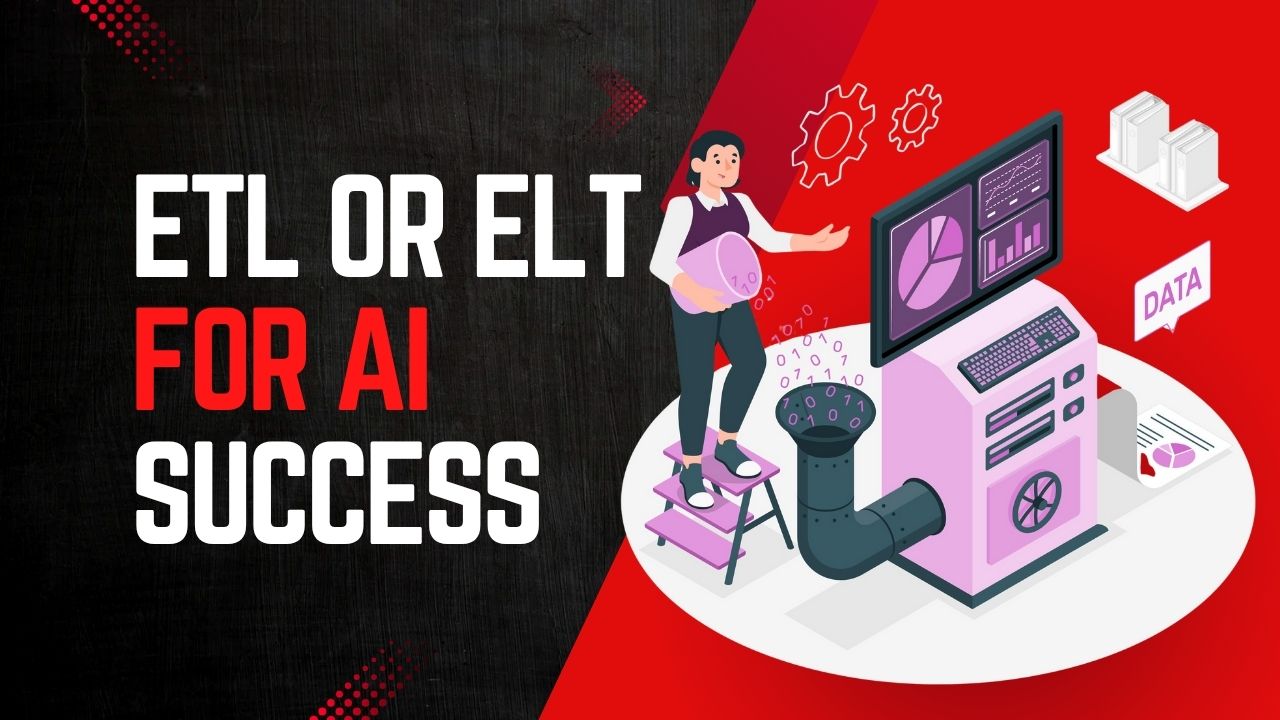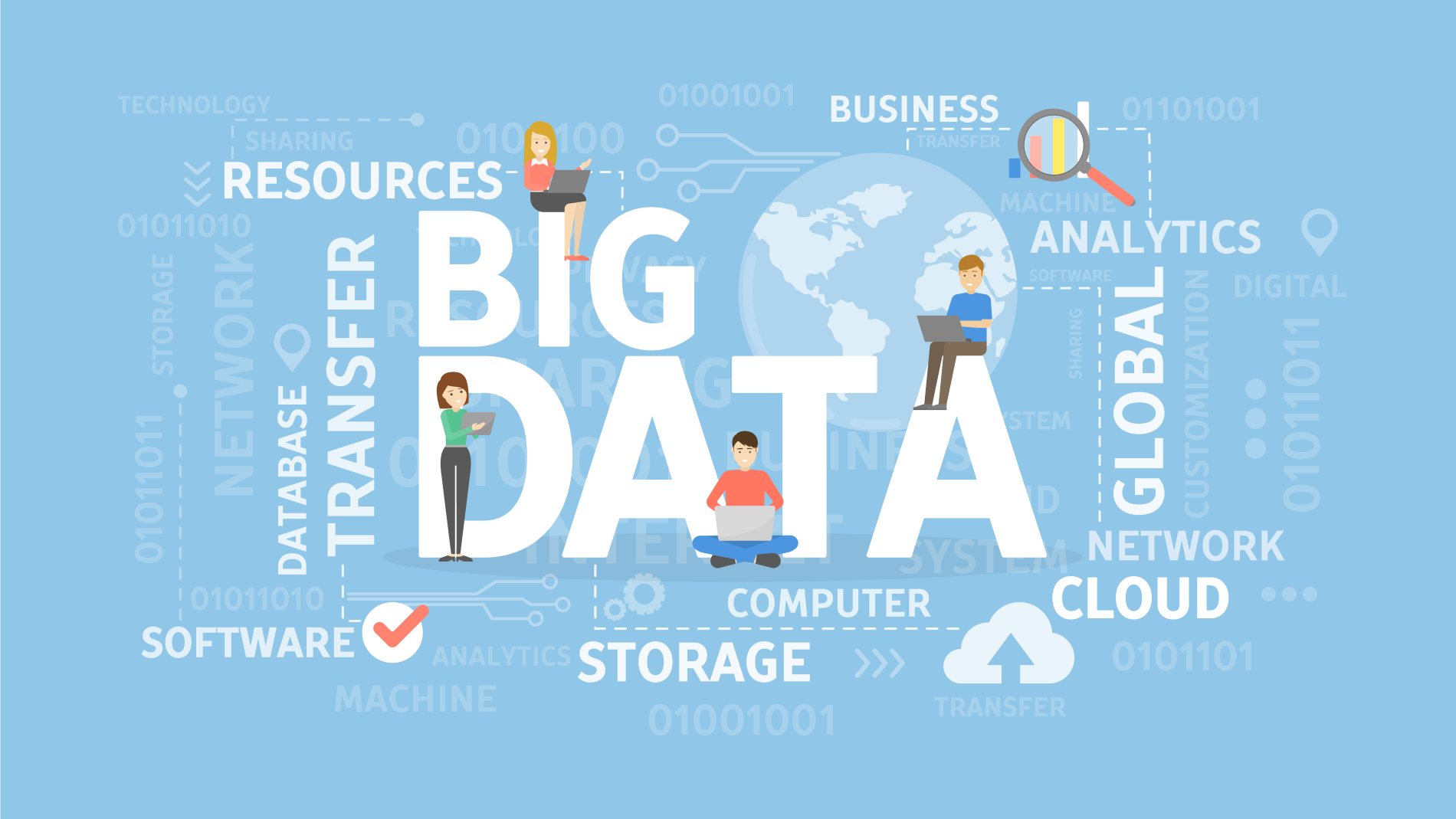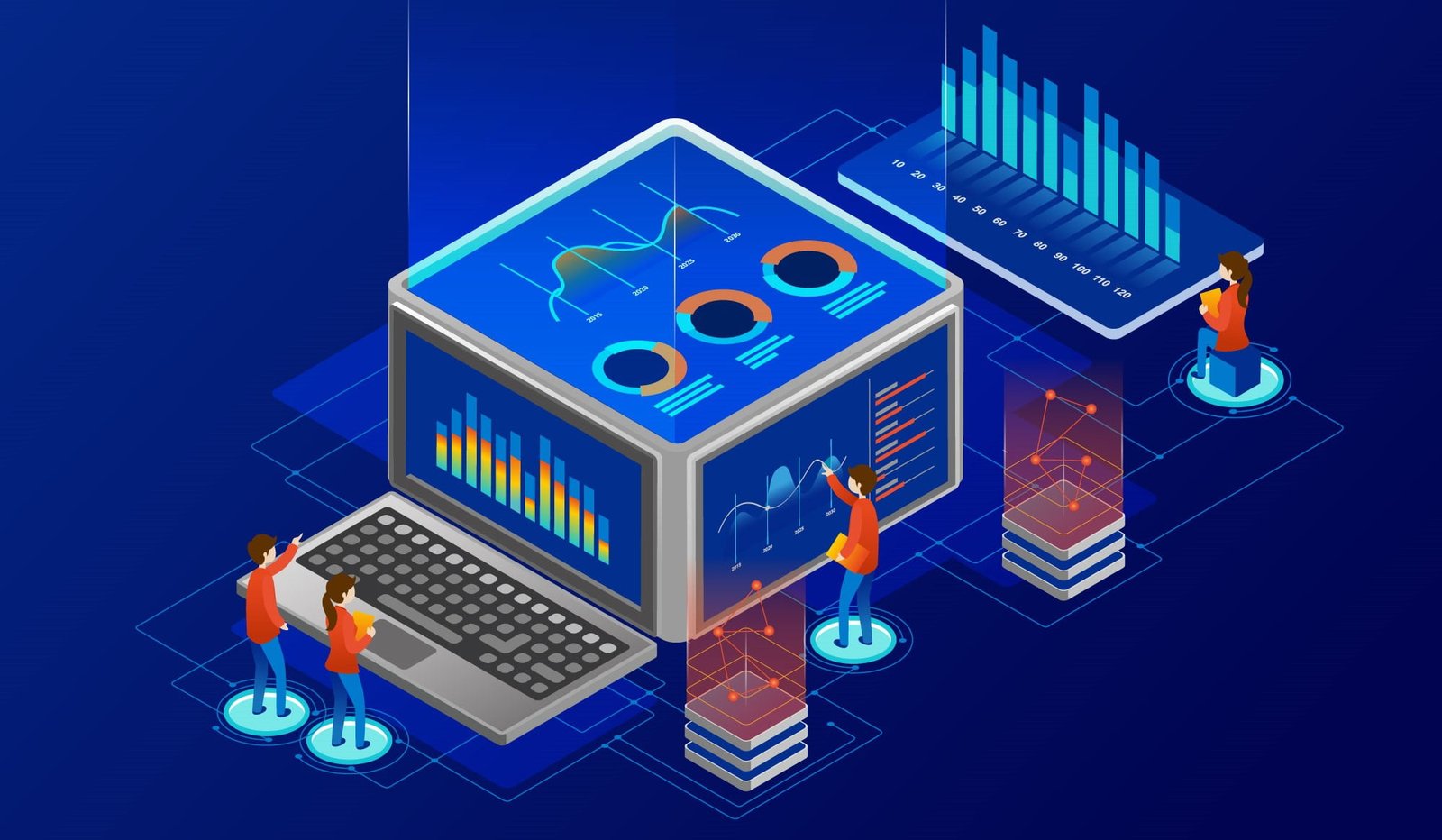Category: Data Engineering
Data Engineering:
Data engineering is the backbone of every successful data-driven organization. It involves designing, building, and maintaining the systems and pipelines that collect, process, and move data efficiently. Whether it’s transforming raw logs into usable insights or setting up robust storage solutions, data engineers ensure data is reliable, accessible, and ready for analysis.
From ETL/ELT pipelines to real-time data streaming, modern data engineering supports the analytics, reporting, and machine learning systems that drive business decisions. With tools like Apache Spark, Airflow, and cloud platforms, professionals in this field handle everything from data ingestion to warehouse optimization — all while ensuring data quality and scalability.
“Great analytics start with great data — and great data starts with solid engineering.”
This category explores the tools, techniques, and best practices used by data engineers to build robust data infrastructures. Whether you’re learning the basics or scaling big data architectures, you’ll find resources here to help you navigate the ever-evolving world of data engineering.
Unlock 80% Better AI Predictions with These 5 Feature Engineering Secrets
Key Points: Introduction In the world of artificial intelligence (AI) and machine learning, the quality of the data you feed into a model is just [Read More…]
Why 90% of Businesses Love Data Automation: Top Tips for Success
Key Points Introduction Imagine running a busy kitchen where orders pour in from multiple sources—online apps, phone calls, and in-person customers. If the staff had [Read More…]
ETL or ELT? 6 Proven Tips to Skyrocket Your Data Strategy for AI & Analytics Success
Key Points Introduction to Data Integration In today’s data-driven world, organizations rely on high-quality, accessible data to fuel artificial intelligence (AI) and analytics. Data integration [Read More…]
Big Data vs Fast Data: 7 Hacks to Boost AI by 200% in 2025
Big Data vs Fast Data: Optimize Your AI Strategy In today’s world, data is the backbone of artificial intelligence (AI) and automation. But not all [Read More…]
Unlocking Data Observability: Ensuring Data Quality and Reliability
Data observability refers to the ability to understand the health and state of your data systems continuously. Unlike data monitoring, which is more reactive, data [Read More…]
Data Governance Essentials: The Key to Unlocking Business Value Through Quality Data
Data governance refers to the management framework that ensures data integrity, security, and availability within an organization. It’s about having structured policies and procedures in [Read More…]
Why Data Fabric is the Key to Scalable and Agile Data Strategies
In simplest terms, Data Fabric is a unified architecture and platform tailored to streamline data management processes. It integrates data across different environments, be it [Read More…]
Block Storage vs File Storage: Key Differences and Use Cases Explained
Block storage and file storage are two of the most common methods used in modern IT infrastructures. While both serve the essential function of data [Read More…]
Object Storage Explained: Benefits, Use Cases, Key Features & More
In today’s data-driven world, object storage stands out as a highly efficient means for saving and managing vast amounts of unstructured data. Object storage, a [Read More…]
SQL vs NoSQL in 2024: Navigating the Database Landscape
SQL (Structured Query Language) and NoSQL (Not Only SQL) represent two distinct approaches to data storage and retrieval. SQL databases, known for their structured schema [Read More…]
